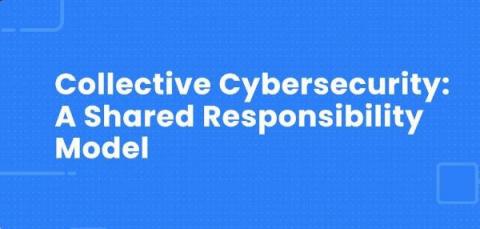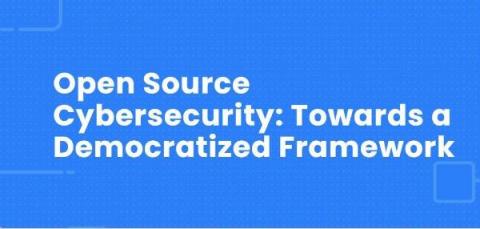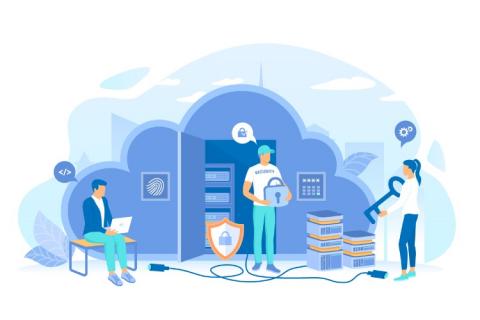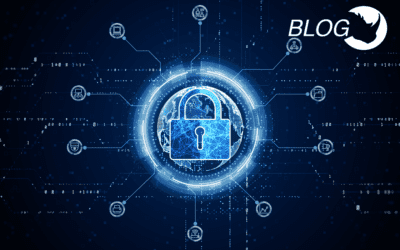Building Operational Efficiency in Your SOC with Better Visibility
As security operations leaders, we are burdened with a large responsibility. The expectation is that we can respond to alerts as soon as possible and be able to investigate immediately. It sounds simple, but in today’s cyber threat landscape we are faced with growing threat vectors and a sheer volume increase in overall alerts or notifications. Failure to respond quickly enough or investigate the right areas could result in huge impacts to the organizations we are responsible for.











